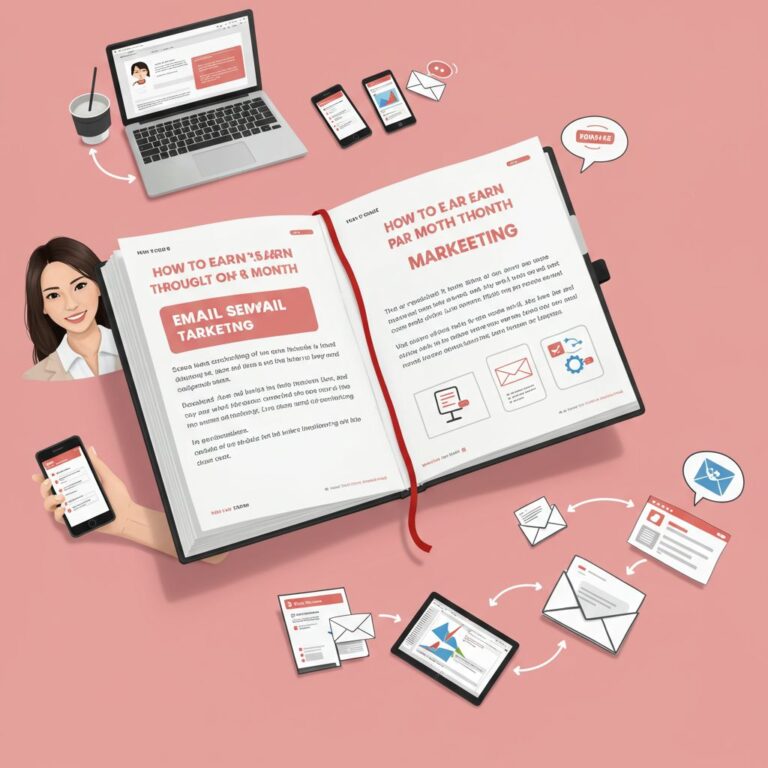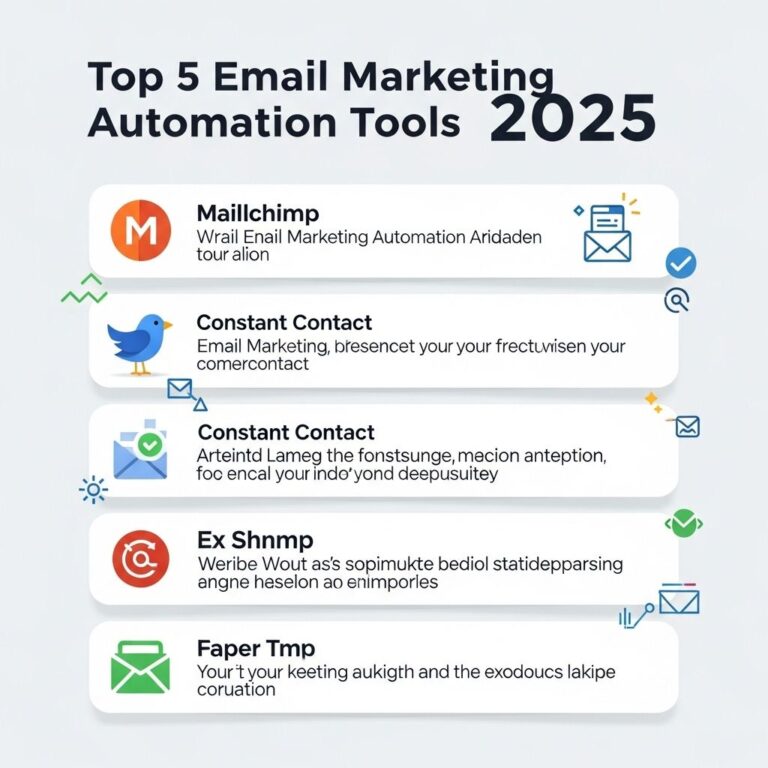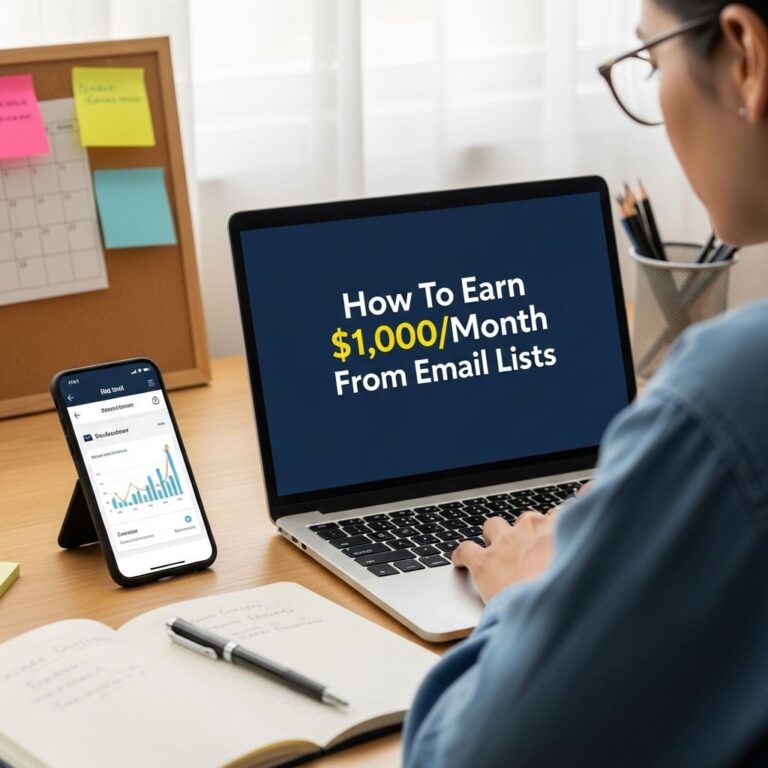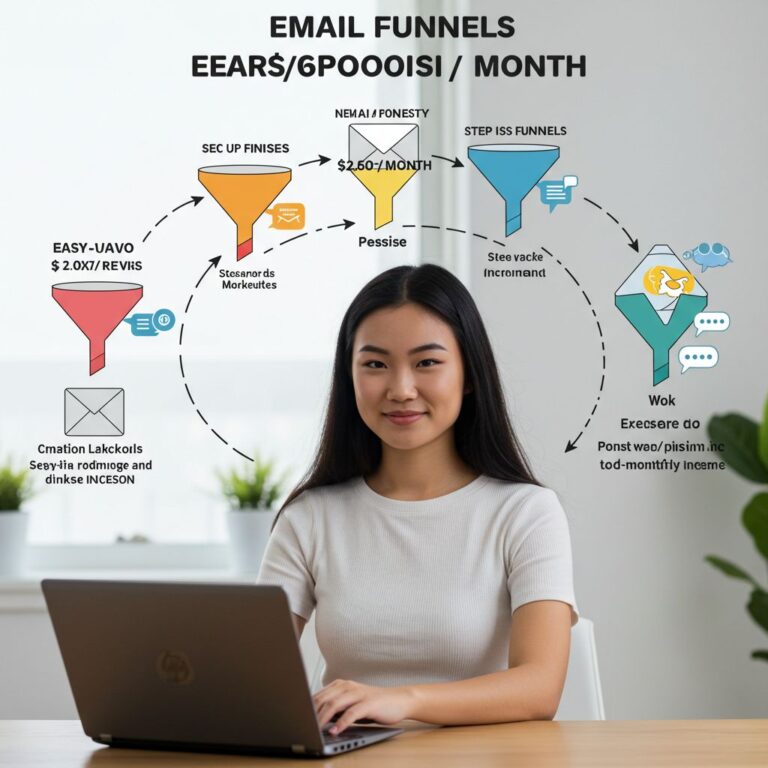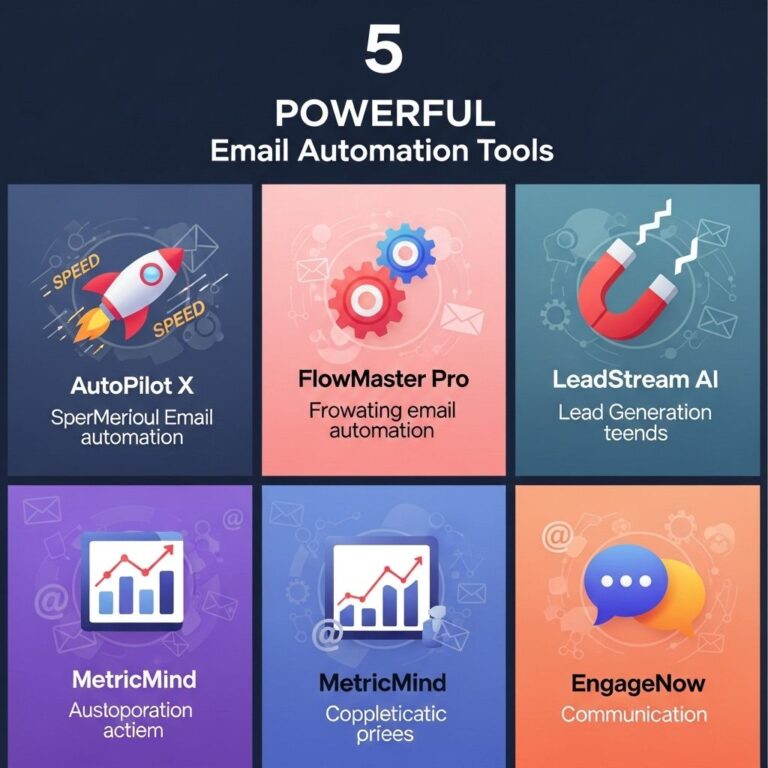Email marketing remains one of the most effective channels for B2B companies to engage with their audience, drive conversions, and nurture relationships. In a world saturated with information and digital platforms, deploying the right strategies can significantly enhance the effectiveness of your email campaigns. Below are ten critical strategies that can help ensure your B2B email marketing efforts yield positive results.
Table of Contents
1. Segment Your Audience
Segmentation is crucial for personalizing your email campaigns. By dividing your audience into specific groups based on criteria like company size, industry, or behavior, you can tailor your messages to their unique needs.
- Demographic Segmentation: Age, job title, and location.
- Behavioral Segmentation: Past purchases, website visits, and engagement levels.
- Firmographic Segmentation: Company size, industry, and revenue.
2. Craft Compelling Subject Lines
The subject line is your first impression. It should be enticing enough to encourage recipients to open the email. Here are some tips:
- Keep it concise (under 60 characters).
- Utilize action verbs to inspire action.
- Pose a question to spark curiosity.
3. Personalize Content
Personalization goes beyond using the recipient’s name. Tailor the content based on their industry or past interactions. This can include:
- Referencing their business challenges and relevant solutions.
- Recommending products or services based on prior behavior.
- Sending personalized offers or discounts.
4. Utilize Automation for Timely Engagement
Email automation allows you to send targeted messages at the right time. Consider using:
- Welcome Series: An automated sequence that greets new subscribers.
- Abandoned Cart Emails: Reminders for potential customers who left without purchasing.
- Follow-up Emails: After an event or webinar, encourage further engagement.
5. Focus on Value-Driven Content
Provide content that educates or solves problems rather than just promoting products. This can include:
- Industry reports and insights.
- How-to guides and tutorials.
- Case studies showcasing success stories.
Example Content Ideas:
- Monthly newsletters with industry updates.
- Whitepapers addressing common pain points.
- Infographics summarizing complex topics.
6. Optimize for Mobile Devices
With a significant number of users accessing emails via mobile devices, it’s essential to ensure that your emails are mobile-friendly. This involves:
- Using responsive design to adapt to different screen sizes.
- Keeping text short and to the point.
- Including large, clickable buttons for calls to action.
7. A/B Testing for Continuous Improvement
A/B testing helps you determine which elements of your emails perform best by comparing two versions. Consider testing:
- Subject lines
- Email layouts
- Call-to-action placements
Metrics to Measure:
| Metric | Description |
|---|---|
| Open Rate | The percentage of recipients who open your email. |
| Click-Through Rate (CTR) | The percentage of recipients who click on links within the email. |
| Conversion Rate | The percentage of recipients who complete a desired action (e.g., making a purchase). |
8. Integrate Social Proof
Including testimonials, case studies, or user-generated content can enhance credibility and trust. Highlight:
- Customer reviews and ratings.
- Success metrics from previous clients.
- Partnerships with reputable brands.
9. Maintain Compliance with Email Regulations
Ensure your email marketing practices comply with regulations such as the GDPR and CAN-SPAM Act. Key considerations include:
- Obtaining explicit consent from subscribers.
- Providing clear opt-out options in every email.
- Respecting user privacy and data protection.
10. Analyze and Iterate Your Strategy
Regularly review your email performance metrics to identify trends and areas for improvement. Use these insights to refine your strategy. Consider:
- Benchmarking against industry standards.
- Surveying recipients for feedback.
- Adjusting content based on engagement levels.
Conclusion
Implementing these email marketing strategies can significantly enhance your B2B communications, leading to better engagement, higher conversion rates, and stronger professional relationships. By focusing on segmentation, personalization, and continuous improvement, your business can thrive in the competitive landscape of B2B marketing.
FAQ
What are effective email marketing strategies for B2B success?
Some effective strategies include segmenting your audience, personalizing content, using automated campaigns, and optimizing your email design for mobile.
How can I segment my B2B email list effectively?
You can segment your email list by industry, company size, purchase history, and engagement level to tailor your messages more effectively.
What is the importance of personalization in B2B email marketing?
Personalization increases engagement rates, as tailored content resonates more with recipients, making them more likely to respond positively.
How can automation enhance my B2B email marketing?
Automation allows you to send targeted messages at the right time based on user behavior, leading to improved conversion rates and efficiency.
What types of content should I include in my B2B email campaigns?
Include valuable content such as industry insights, case studies, whitepapers, and product updates to position your brand as a thought leader.
How can I measure the success of my B2B email marketing efforts?
You can measure success through metrics such as open rates, click-through rates, conversion rates, and overall ROI from your campaigns.


